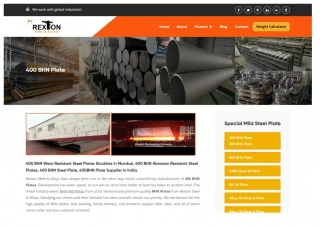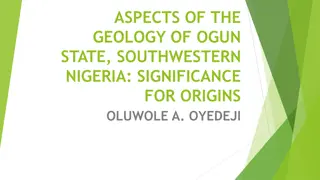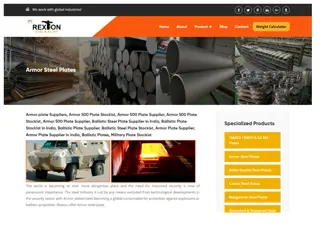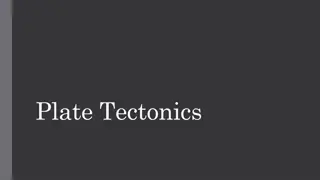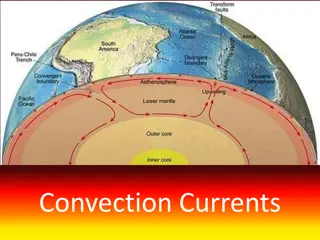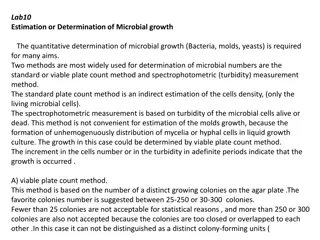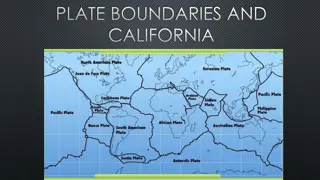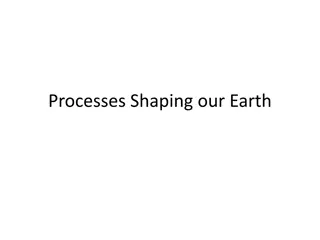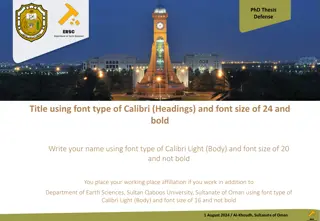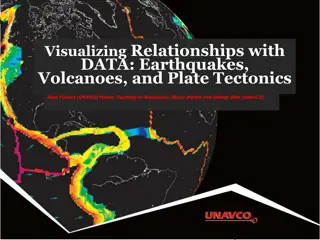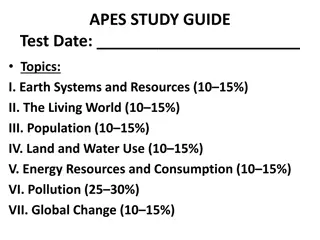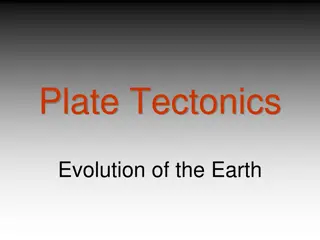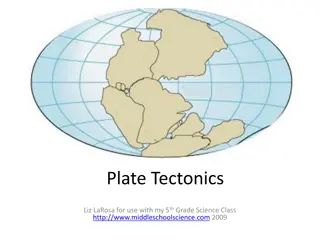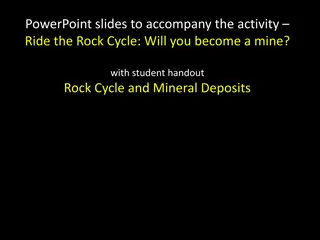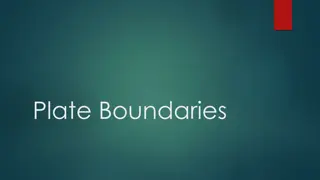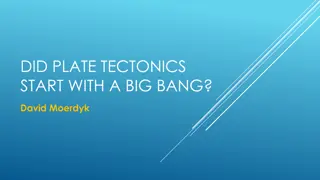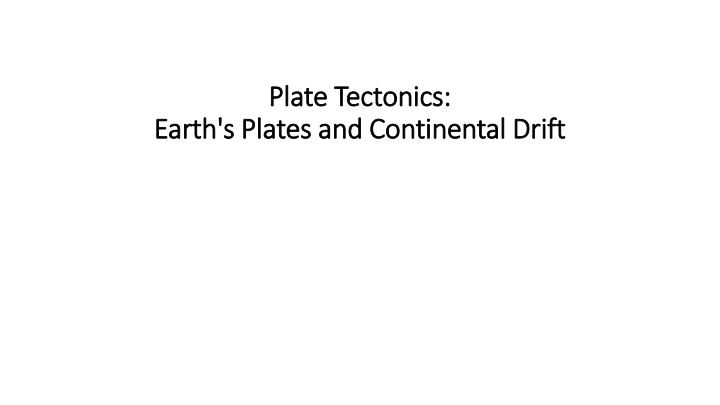
Earth's Dynamic Structures and Processes
Explore the fascinating world of plate tectonics, continental drift, and Earth's layers to uncover how forces within the planet shape our landscapes. Discover the key concepts behind the theory of plate tectonics and the interplay of the Earth's diverse layers in creating and transforming its surface features.
Download Presentation

Please find below an Image/Link to download the presentation.
The content on the website is provided AS IS for your information and personal use only. It may not be sold, licensed, or shared on other websites without obtaining consent from the author. If you encounter any issues during the download, it is possible that the publisher has removed the file from their server.
You are allowed to download the files provided on this website for personal or commercial use, subject to the condition that they are used lawfully. All files are the property of their respective owners.
The content on the website is provided AS IS for your information and personal use only. It may not be sold, licensed, or shared on other websites without obtaining consent from the author.
E N D
Presentation Transcript
Plate Tectonics: Plate Tectonics: Earth's Plates and Continental Drift Earth's Plates and Continental Drift
Some questions we will answer today: How is the earth always changing? What forces inside the earth create and change landforms on the surface? What is the theory of plate tectonics and how does it work? What two theories help make up the theory of plate tectonics? What is continental drift and sea floor spreading? What happens when the plates crash together, pull apart, and slide against each other?
The Earths Layers The Earth s Layers The Earth is made of many different and distinct layers. The deeper layers are composed of heavier materials; they are hotter, denser and under much greater pressure than the outer layers. Natural forces interact with and affect the earth s crust, creating the landforms, or natural features, found on the surface of the earth.
Before we start to look at the forces that contribute to landforms,lets look at the different layers of the earth that play a vital role in the formation of our continents, mountains, volcanoes, etc.
Earth diagram to label Crust Mantle Outer Core Inner Core crust - the rigid, rocky outer surface of the Earth, composed mostly of basalt and granite. The crust is thinner under the oceans. mantle - a rocky layer located under the crust - it is composed of silicon, oxygen, magnesium, iron, aluminum, and calcium. Convection (heat) currents carry heat from the hot inner mantle to the cooler outer mantle. outer core - the molten iron-nickel layer that surrounds the inner core. inner core - the solid iron-nickel center of the Earth that is very hot and under great pressure.
Land and Water Photographs of the earth taken from space show clearly that it is a truly a watery planet. More than 70 percent of the earth s surface is covered by water, mainly the salt water of oceans and seas.
Land The large landmasses in the oceans are called continents. List the continents in your notes. Landforms are commonly classified according to differences in relief. The relief is the difference in elevation between the highest and lowest points. Another important characteristic is whether they rise gradually or steeply. The major types of landforms are mountains, hills, plateaus, and plains.
Together, lets look at your Land and Water Features handout. Please join me in filling out the correct answers. Use a map pencil to color the different types of land and water features.
Most people know that Earth is moving around the Sun and that it is constantly spinning. But did YOU know that the continents and oceans are moving across the surface of the planet? Volcanoes and earthquakes as well as mountain ranges and islands all are results of this movement. Why is this?

